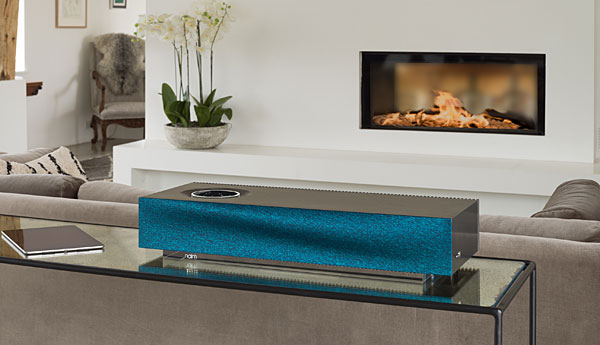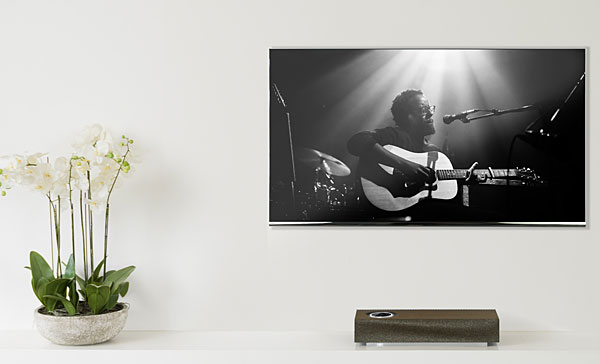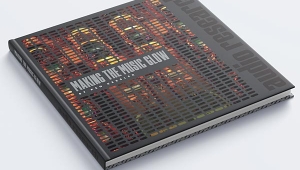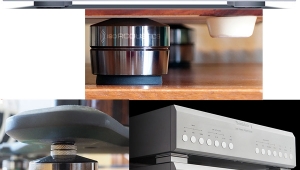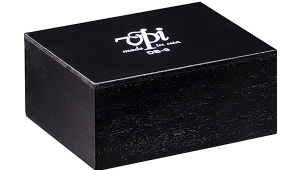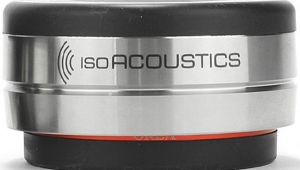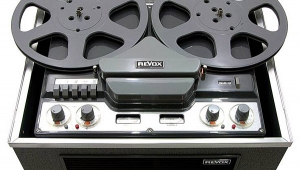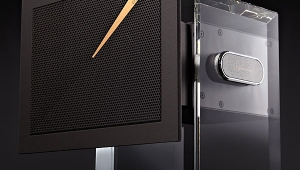| Columns Retired Columns & Blogs |
I don't see any comparison to other lifestyle products or any other similarly priced products. But, the market is flooded with lifestyle products, and the competition around $1500-$2000 is fierce. Also, about good 60-70% of the article seems to come directly from Naim. Audio equipment is subject. Extremely subjective that I think the only way to achieve some objectiveness is by comparing to other products or by providing measurements in my humble opinion.
